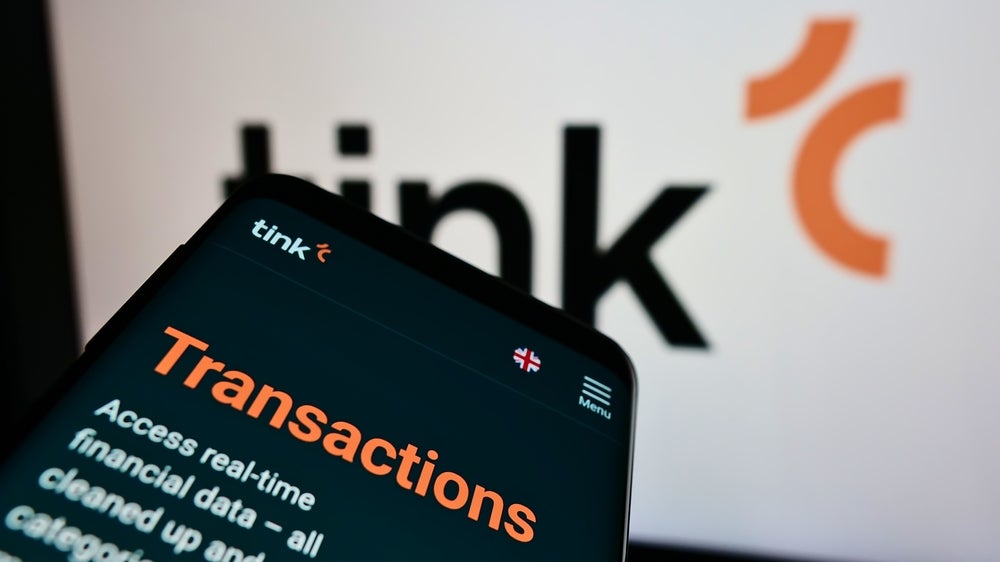When you hear of people falling victim to cybercrime, you may conjure up a slightly stereotypical profile: they might be over 60, living alone and not very tech-savvy – possibly through their own choice. Sounds familiar? Affinion’s Karen Wheeler cautions that the reality is less straightforward
You may find it surprising to know that young people aged 18-25 in the UK are actually the age bracket who are least aware of cybersecurity risks.
This seemingly impossible statement has come from the government as part of its Cyber Aware campaign, but there is reasoning behind it. The main learning here is that being tech-savvy and being cyber-savvy are not necessarily one and the same; in fact, the former can sometimes be detrimental to the latter.
Take passwords, for example. The Cyber Aware campaign research revealed that 52% of 18-25-year-olds are using the same password for multiple online accounts, making it easier for hackers to hijack their entire personal and financial data. This is most likely down to young people having many more online accounts than older generations do and, understandably, it can be difficult to remember a separate password for each individual login.
Theft of bank details, in particular, is a cybercrime on the rise that is affecting youngsters – so much so that fraud-prevention agency Cifas recently reported a 30% increase in the amount of victims of identity fraud under the age of 21 in 2017, where their bank details can be used for money-laundering purposes.
A common method for fraudsters to target young victims is through social messaging platforms. WhatsApp is leading the charge in terms of putting measures in place to prevent identity fraud on its app. It is currently trialling its peer-to-peer payments system in India, which allows users to securely transfer and receive money with their contacts using a unified payments interface without having to disclose bank details.
How well do you really know your competitors?
Access the most comprehensive Company Profiles on the market, powered by GlobalData. Save hours of research. Gain competitive edge.

Thank you!
Your download email will arrive shortly
Not ready to buy yet? Download a free sample
We are confident about the unique quality of our Company Profiles. However, we want you to make the most beneficial decision for your business, so we offer a free sample that you can download by submitting the below form
By GlobalDataWith initiatives like this coming into view and the government taking control with its awareness campaign, it is encouraging to see that the issue is being tackled. But what more can banks offer by way of education to their younger customers?

Contactless safety
A problem that has plagued young consumers in recent years is the rise in contactless fraud, either from bank cards being stolen and used for multiple small purchases by the thief, or by devices scanning the details of bank cards using the contactless technology through the owner’s pocket, with the view of selling the details on the dark web.
Recent figures from UK Finance show that contactless fraud has overtaken cheque scams for the first time in the UK, as £5.6m ($7.8m) was stolen in the first half of 2017.
There must be level of responsibility for banks on this issue, given that they issue these cards to customers and the information that accompanies them. Contactless was designed as a straightforward, seamless payment experience, so the advice banks give to customers around safety need not be complicated.
In terms of education, Barclays has led the way thus far by reaching out to communities and families with its Digital Eagles, delivering Staying Safe in Cyberspace workshops. These cover various topics including how to spot phishing scams, advice on downloading software, effective password practice and being more aware of tricks that fraudsters will use to target individuals with the intent of poaching bank details.
As it has now emerged that young adults are a vulnerable group when it comes to cybercrime, banks need to harness similar models to be tailored to their needs and lifestyle habits. Advice on preventing contactless fraud would ideally be a huge part of this. Simple steps such as not keeping contactless cards in trouser pockets or keeping them in a wallet lined with protective material that blocks fraudsters’ attempts to download details could prove extremely useful.
Another solution is for banks to encourage the uptake of mobile payment systems like Google Pay. These are more secure against thieves scanning back pockets, as the user’s phone must be unlocked for the contactless feature to work.
MoneySuperMarket recently revealed in a report that 23% of Generation Z predict that physical cards will soon become obsolete with the rise of mobile payments, so this could provide a decrease in contactless fraud in the coming years.
In terms of raising awareness to young people of the risks of social media, and more broadly online, there are tools that can help. For example, Affinion works with banks to provide customers with ID theft-detection services that can scan the public and dark web and warn them in advance of possible threats. However, should the worst happen and a person falls victim to an attack, it can also help provide support in resolving the issue too, in the form of an ID theft helpline, legal assistance and a resolution service. Not only does this help customers in a time of need, but it also aids the customer-engagement journey – positioning the provider as an organisation that is supportive when it matters.
It is fair to say that new technologies set up to improve convenience often have their drawbacks when it comes to security. And, as the championing generations of such technologies, young people are often the ones who suffer from these drawbacks. Money scams are a huge part of this, so given their role in safeguarding money, banks must be at the forefront of helping customers to protect themselves.







